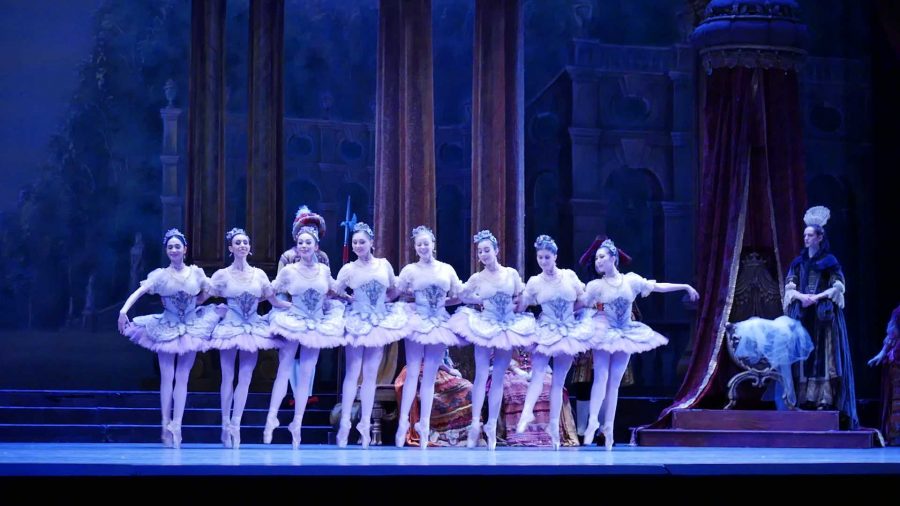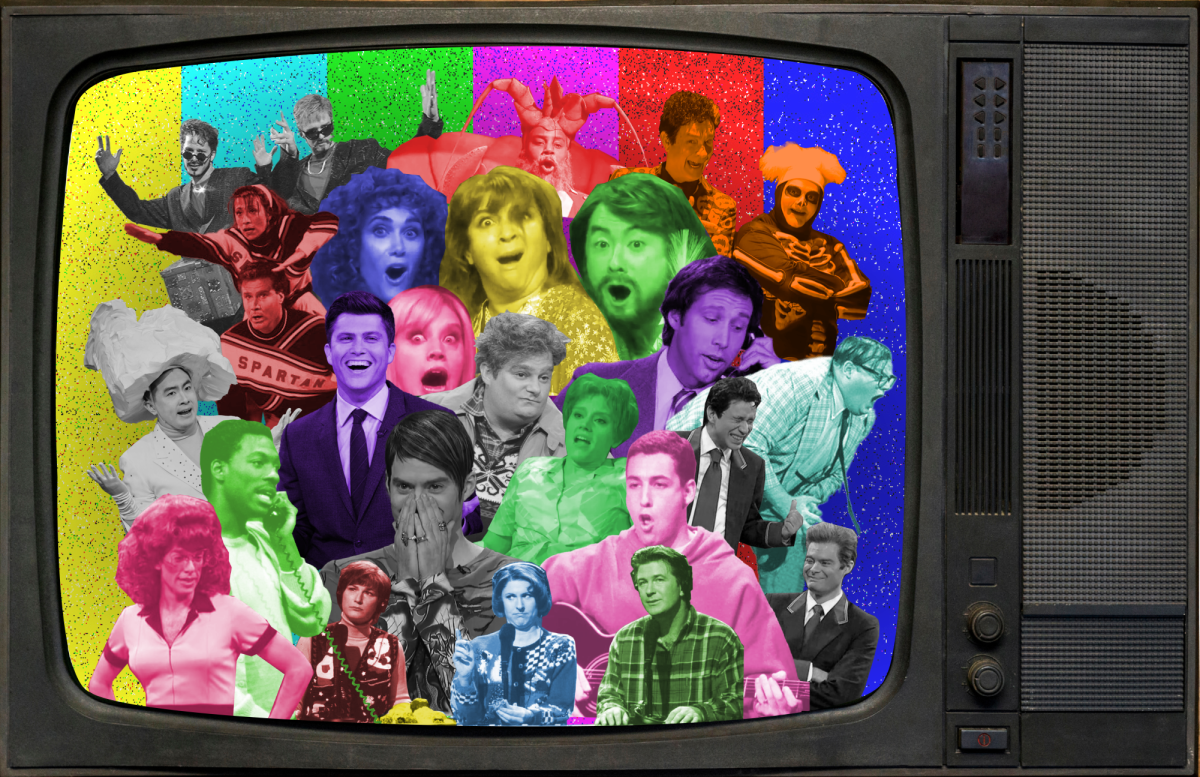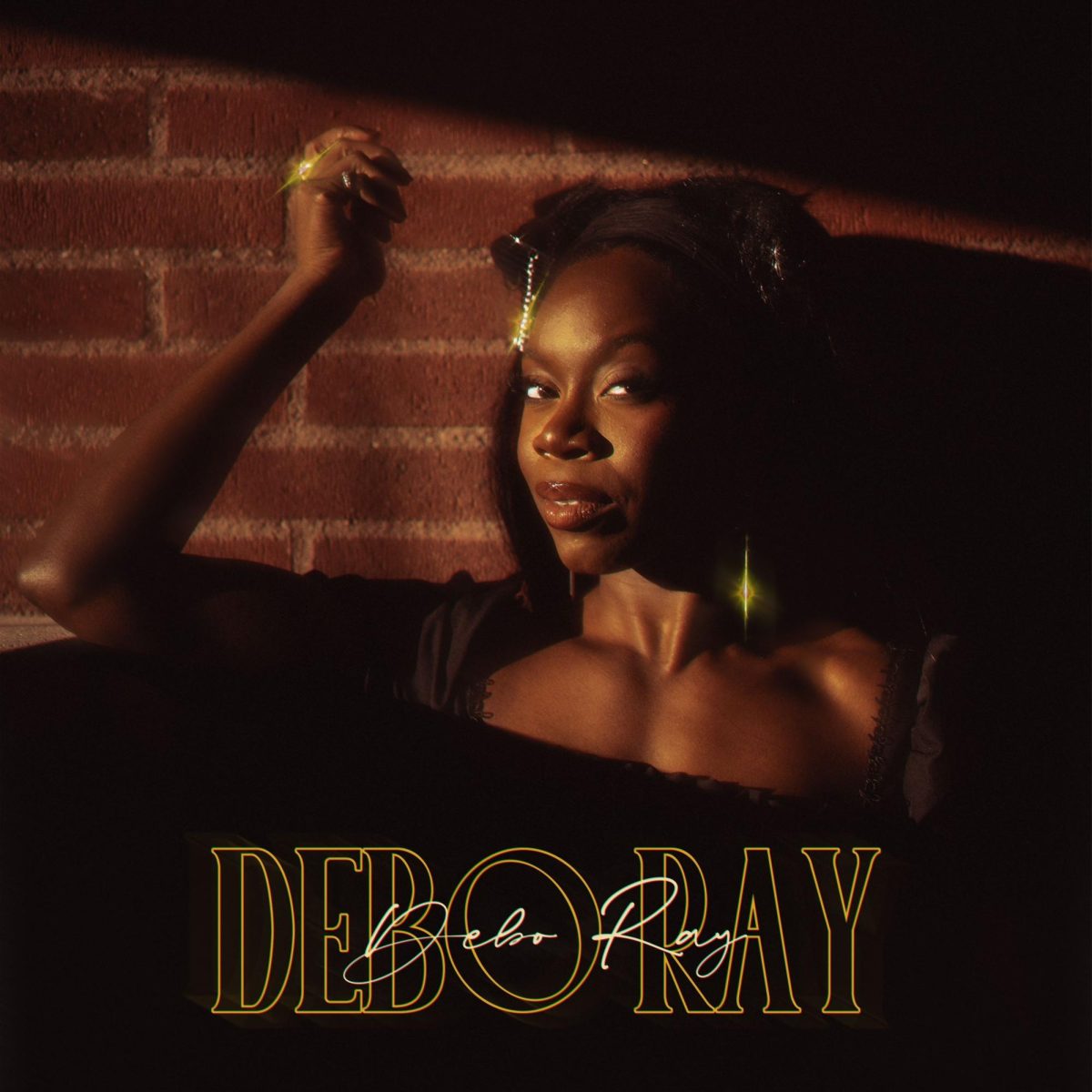By Lisa Nault
Staff Writer
Winner of the two Sundance awards (Audience Award and Grand Jury Prize in the U.S. Dramatic Competition), “The Birth of a Nation” was well-received when it first premiered in January of this year. It is in theaters starting on Oct. 7, but be warned; the hype is not worth it for this feature.
“The Birth of a Nation” is an adaptation of Nat Turner’s revolt. The story of Nat Turner is one for the history books, literally. Turner was a slave who organized a rebellion in 1831 against the oppression of white masters.
His revolt was the only effective slave rebellion that increased in numbers before eventually being quelled. White slave masters’ fears had finally come true and the result of the rebellion was a militia in the South and laws to prevent more uprisings––events that contributed to increasing tensions between the North and South over the issue of slavery.
Nate Parker’s “The Birth of a Nation” is an independent film that retells the story of Turner and the events leading up to the rebellion. For an independent film, the production quality is incredible. The feature’s crispness and intense detail makes the audience question whether it wasn’t made in Hollywood. Despite several obstacles, Parker was able to gain enough financial backers to make his personal pet project become a reality. He wrote, directed, and starred in his directorial debut.
The above paragraph is the only praise the film deserves. It is subpar and clearly wishes it was half the movie that “12 Years a Slave” was (which it is not). “The Birth of a Nation” has almost the same shots as “12 Years a Slave” several times throughout the film––these are especially obvious during scenes in the cotton fields. “12 Years a Slave” has better acting, better cinematography, and a musical score that is actually memorable even once you have left the theater.

The biggest flaw in regards to “The Birth of a Nation” is the so called “acting.” To call it acting would be misleading because the majority of the feature has the actors conveying emotion using a still-face approach’ meaning they are too emotional to show emotion.
A traumatic event occurs? No reaction. A child loses their father and is confronted by a scary man? No reaction. A man is being hung? Barely a flinch. To engage audiences with the story, the actors have to show emotion and induce empathy. By not showing emotion, the film loses the potential to leave an impact on audiences.
No emotion is not a realistic representation of how people actually react to these types of experiences.
The film pretends to be gritty and unafraid of showing audiences violence but it actually shies away from any real substance. The film does not have to be gory to have substance. For instance, the rebellion is the central part of the film but it falls flat. It is supposed to be the climax, people on both sides dying, but it is over in the blink of an eye.
The whole film is glorifying Turner to a messiah level instead of focusing on the actual rebellion. It makes the rebellion Turner versus white men, but white women and children were also killed in the rebellion. Also, as a result of the revolt, many more slaves were slaughtered because their masters were afraid they would rebel too.
Turner was not a savior, he was human. The random plotline of him being born with certain marks on his chest which prophesied how he was going to be a leader was cliché and added nothing to the story. It was easily forgotten halfway through the movie. For an independent feature, “The Birth of a Nation” certainly Hollywoodized Nat Turner to the extreme.
“The Birth of a Nation” is nothing original, terribly paced, and a horribly acted movie. Do not watch it in theaters because your time is more valuable than that. Instead, watch “12 Years a Slave.” It is way better and you can save money.





















trudat • Oct 10, 2016 at 4:54 pm
Why compare this movie to twelve years a slave ?